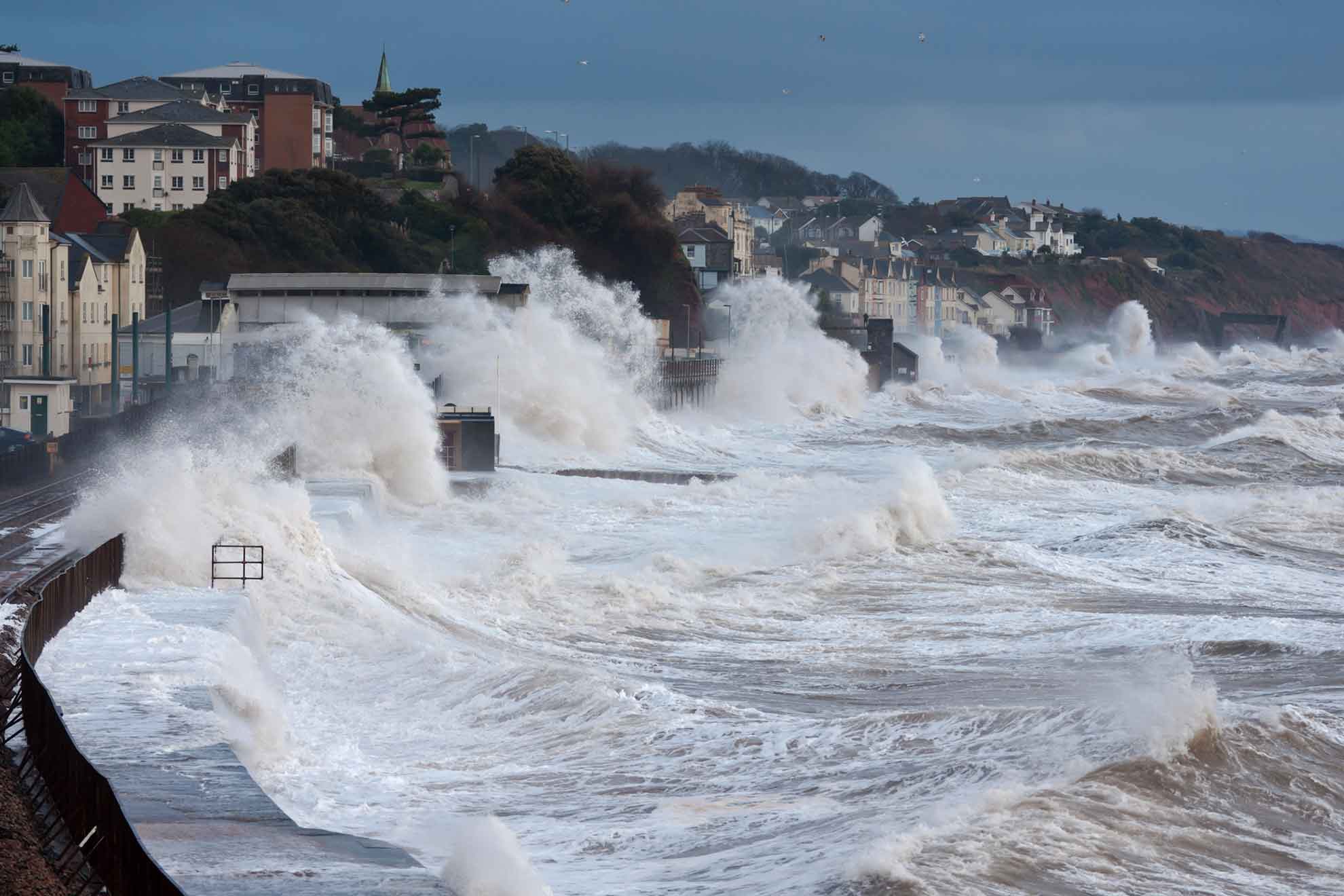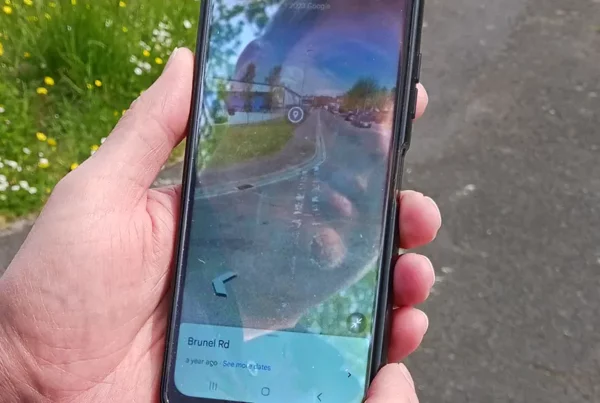Danny Krywyj, President, Orbis, looks at how cities can better prepare their infrastructure for some of the greatest challenges to come.
In the last 24 months, the world has witnessed a barrage of extreme weather patterns that has left an unmistakable path of destruction. For 21 consecutive years in a row, the average annual temperature has been registered as higher than ever before in the 20th century.
These forces of nature are not random and are only expected to multiply as the impacts and consequences to climate change intensify.
These forces of nature are not random and are only expected to multiply as the impacts and consequences to climate change intensify.
To further prove this point, FEMA has started mapping and tracking 500-year and 1,000-year floods as 100-year storms are becoming the norm and predicted to occur every three years. From hurricanes to tsunamis and mega-floods, the destruction from extreme weather patterns is expansive and leaves a serious mark, including loss of human lives and huge financial costs to repair entire cities, roads, and pre-existing infrastructure.
According to a report from National Geographic, costs from climate-change-related disasters in 2017 ballooned to $300 billion, which is 30 times the cost of bringing clean water to the developing world.
Smart cities vs. rehabilitating aging cities
The MIT publication, Sharing Cities: A Case for Truly Smart and Sustainable Cities defines smart cities by the use of data and technology to create efficiencies, improve sustainability, create economic development, and enhance quality of life for people living and working in the city. It also means that the city has a smarter energy infrastructure.
While the concept of ’smart’ has become ubiquitous in today’s modern media landscape and infrastructure industry, the jury is still out on the implications and market need, given that most of our existing cities are in desperate need of an infrastructure overhaul. Furthermore, the urgent need for smarter cities is never more bone-chilling then in the wake of a national disaster.
As city flood levels rise and aging infrastructure fiercely struggles to keep up with the pace, the under-preparedness of most major cities becomes evident. Instead of getting to a state of emergency, one in which our mission-critical infrastructure becomes vulnerable, imagine a world where we could prevent and prepare our infrastructure for some of the greatest challenges to come.
Whether you prefer the term smart or resilient, it’s crystal clear that we need to address current inadequacies in aging infrastructure and develop a plan for the future of smarter cities.
The role of big data in preventing floods
While infrastructure rehabilitation is a daunting task for any city, the key is to identify cost-effective solutions that will prepare for the long term. One of the best ways to do that is to prevent an expensive crisis through the use of data-driven technology.
Data creates a depth of real-time knowledge about the health and livelihood for the systems that transport our most precious resource, clean drinking water.
The emphasis has to be on “last mile” pipeline as this is where the most corrosion and deterioration takes place. It’s also the most easily accessible.
By making an initial investment up front in data-savvy tools that monitor assess and analyse the current state of infrastructure, municipalities are equipped with the knowledge to determine a cost-effective plan of action.
The numbers in forecasting support the concept that data will be crucial to remediating aging infrastructure and smart cities. For example, there has been a major surge in technological devices connecting users and sharing data to multi-end users. From IoT sensors to open data collection and smart streetlights, all of these technologies provide better services and better communication.
Industry analysts also expect the IoT could generate $14.2 trillion of global output by 2030, which includes deployment of IoT-enabled devices in the water and infrastructure sectors.
According to McKinsey research, the smart city industry is projected to be a $400 billion market by 2020, with 600 cities worldwide. These cities are expected to generate 60% of the world’s GDP by 2025.
Sharing data makes sense to take an informed approach to infrastructure management, and the business case for cost savings on data-driven preventative solutions is the strongest argument in favour. When trying to tackle infrastructure problems, it is smarter to be proactive, than reactive. Private sector solutions are at the core of rehabilitating aging infrastructure and developing smart cities to ensure that they’re equipped to handle whatever Mother Nature throws at the storm drain.








